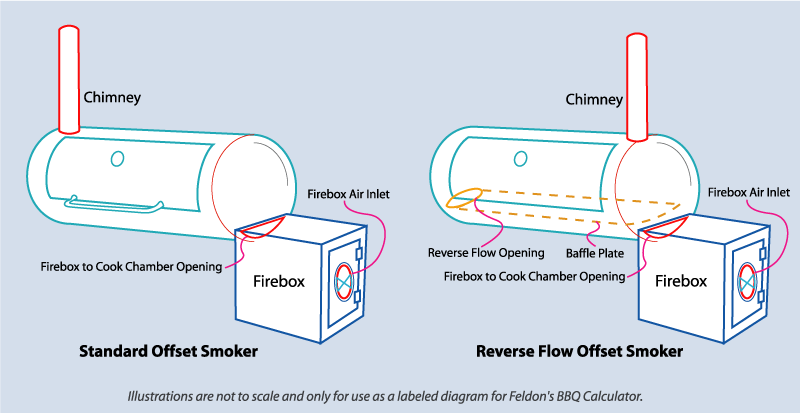
= Total pressure difference between nodes n and m Δ P = ( P n + ρ V 2 n 2 ) − ( P m + ρ V 2 m 2 ) + ρ g ( z n − z m ) The pressure difference across each component in a linkage is assumed to be governed by Bernoulli’s equation: Linkage models Ī linkage used in the AirflowNetwork model has two nodes, inlet and outlet, and is linked by a component which has a relationship between airflow and pressure. The solution has converged when both of these convergence criteria have been met. The absolute airflow tolerance is the summation of the absolute value of all network airflows. The relative airflow tolerance is equivalent to the ratio of the absolute value of the sum of all network airflows to the sum of the network airflow magnitudes. R e l a t i v e a i r f l o w t o l e r a n c e = | ∑ ˙ m i | ∑ ˙ m iĪ b s o l u t e a i r f l o w t o l e r a n c e = ∣ ∣ ∑ ˙ m i ∣ ∣ There are two convergence criteria used in the AirflowNetwork model: Relative airflow convergence tolerance and Absolute airflow convergence tolerance. The solution is assumed to have converged when the sum is less than the convergence value, in order to reduce the number of iterations and obtain sufficient accuracy. When the sum of mass flow rates in all the linkages approaches zero within the convergence tolerance, the solution has converged. Convergence criteria Ĭonservation of air mass flow rate at each linkage provides the convergence criterion. The second initialization method assumes the initial pressures are zero and uses Newton’s method directly. The linear approximation is provided by the laminar regime. This initialization handles stack effects very well and tends to establish the proper direction for the airflows. = Pressure difference across the i-th linkage These initial values may be obtained by including in each airflow component a linear approximation relating airflow to pressure drop: The first is linear initialization and equivalent to Initialization flag = 0. There are two initialization methods available. Newton’s method is used to solve for node air pressures and it requires an initial set of values for the node pressures. A detailed description of the airflow network model may be found in the work of Walton (1989), Dols and Walton (2002), and Walton and Dols (2003). The node variable is pressure and the linkage variable is airflow rate. Therefore, it is a simplified airflow model, compared to detailed models such as those used in computational fluid dynamics (CFD) models.

The EnergyPlus airflow network consists of a set of nodes linked by airflow components. The model excludes the impact of the air and duct system thermal capacitance. The present AirflowNetwork model may only be applied to a single heating and cooling system that uses a single air distribution system (a single AirLoopHVAC object).

The sensible and latent loads obtained in this step are then used in the zone energy balance equations to predict HVAC system loads and to calculate the final zone air temperatures, humidity ratios, and pressures. Using these node temperatures and humidity ratios, the sensible and latent loads from duct system conduction and leakage are summed for each zone. Based on the airflow calculated for each linkage, the model then calculates node temperatures and humidity ratios given zone air temperatures and zone humidity ratios. The pressure and airflow calculations determine pressure at each node and airflow through each linkage given wind pressures and forced airflows. Node temperature and humidity calculations

The AirflowNetwork model consists of three sequential steps: The other objects with a relationship between pressure and airflow represent airflow components. The objects AirflowNetwork:Multizone:Surface and AirflowNetwork:Distribution:Linkage represent airflow linkages. The objects AirflowNetwork:Multizone:Zone, AirflowNetwork:Multizone:ExternalNode, and AirflowNetwork:Distribution:Node represent airflow nodes. The input object AirflowNetwork:SimulationControl provides access to the airflow network method, which consists of a set of nodes connected by airflow components through linkages. The multizone airflow calculations are performed at the HVAC system time step which, among other benefits, allows for modeling hybrid ventilation systems. This detailed model is used to simulate thermal conduction and air leakage losses for constant volume air distribution systems (e.g., in residential or light commercial buildings). The pressure and airflow model described here was developed based on AIRNET (Walton 1989). The AirflowNetwork model provides the ability to simulate the performance of an air distribution system, including supply and return leaks, and calculate multizone airflows driven by outdoor wind and forced air during HVAC system operation.


 0 kommentar(er)
0 kommentar(er)
